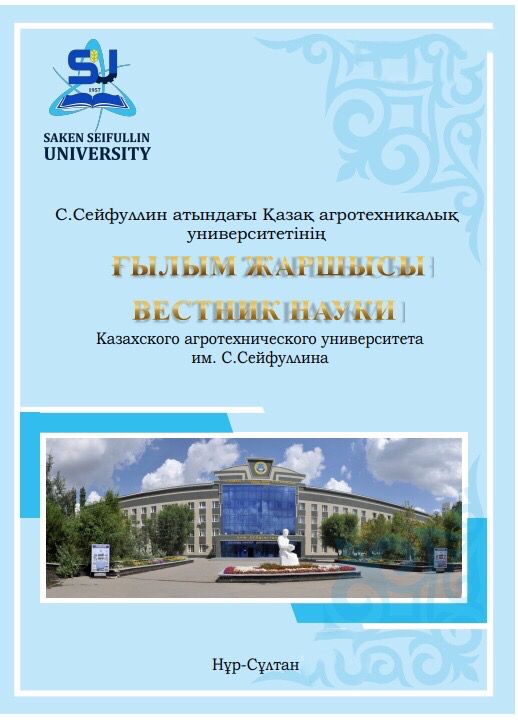ASSESSMENT OF COLLECTIVE SAMPLES OF SPRING SOFT WHEAT FOR DROUGHTABILITY IN THE CONDITIONS OF NORTH KAZAKHSTAN
Keywords:
Breeding, spring wheat, collection, climate, drought, drought resistance, productivity, selection, adaptabilityAbstract
In the sharply continental conditions of Northern Kazakhstan with a limiting moisture content indicator, drought-resistant productive varieties and lines and at the same time with good responsiveness to more favorable conditions of the year are of no
small importance for selection for stress tolerance. The use of such donors as parental forms in hybridization will make it possible to create new stably productive varieties for the region. In this case, the possibility of enriching the gene pool at the expense of foreign genotypes, rich in a complex of economically valuable traits and types of stress tolerance, is a significant factor in expanding the range of traits important for the selection process and for improving spring wheat in general. The best way to reduce the negative dependence on the soil and climatic conditions of a particular year is to adapt to them. As an option, as donors in breeding for drought resistance, samples of countries of origin with a hot climate are recommended, which, when early ripening, avoiding drought, form high productivity MMF 034 (Africa), Cascade (Canada), Krichauff (Australia), Aktubinka (Western Kazakhstan ). Also of particular value is the source material, which, under stress (drought), formed a fairly high yield and in a more favorable year because of moisture supply, but with insufficient heat during the growing season, was quite responsive and gave an increase to the yield. Among mid-ripening, the most stable were the RAC 875 line (Australia), the variety Prokhorovka (Russia), the Afghan sample N749-4 was the most valuable in the group of middle-ripening, from the middle-latency the Erythrospermum line 81-09 (Russia).

